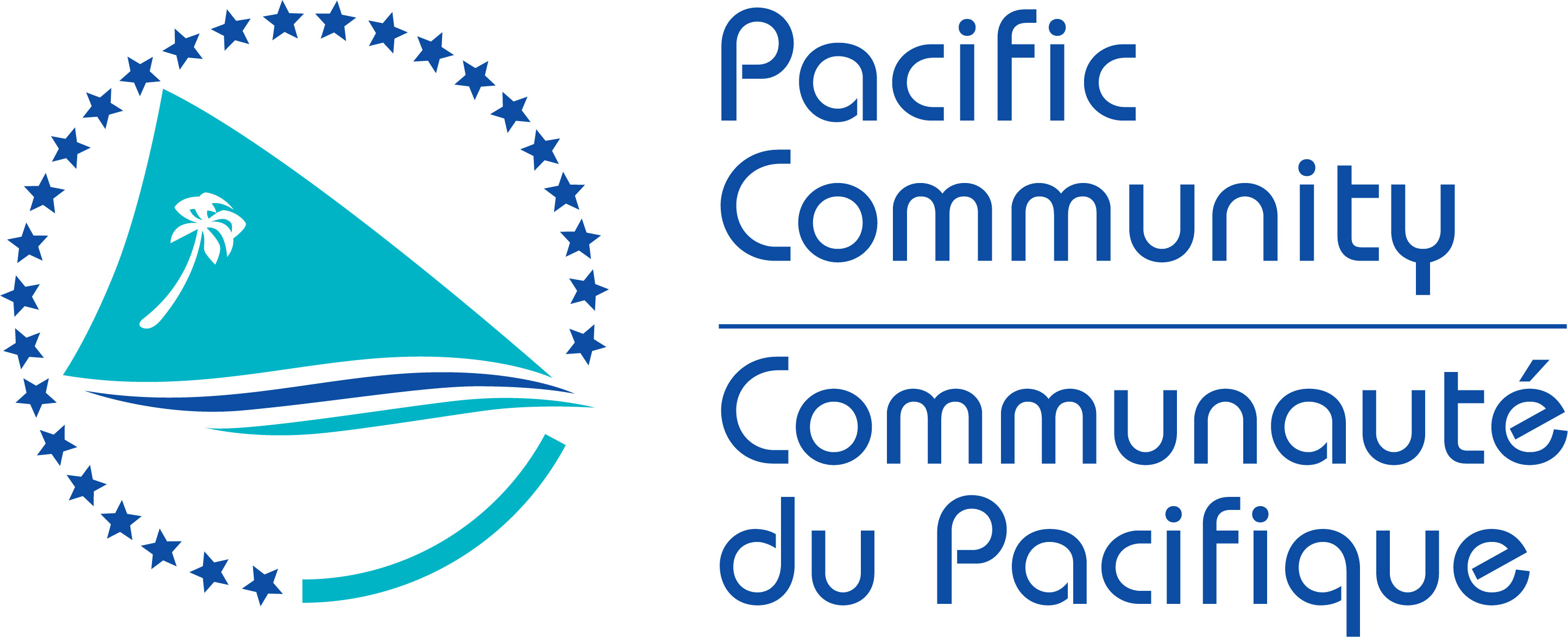The Pacific Island Countries and Territories (PICTs) are most vulnerable to health security risks brought by emerging and re-emerging infectious disease epidemics such as dengue fever or measles.
Strengthening public health laboratory services is crucial to ensure timely, accurate and reliable diagnosis of such diseases.
The Pacific Community (SPC), through established networks and partnerships, continues to support Pacific Islands in this very important task.
Recently SPC through the Pacific Public Health Surveillance Network (PPHSN) supported by Australian Government funding conducted a first-ever training of trainers on Infectious Substances Transport. The International Air Transport Association (IATA) facilitated this training providing certification to pathologist & laboratory managers from nine Pacific Island Countries.
IATA licensing enables certified Pacific Island countries and territories to access laboratory confirmatory testing overseas, when those services are not available at home.
What are infectious substances and why should proper packaging be a concern?
These are substances that are pathogens or micro-organisms such as bacteria, viruses which can cause diseases in humans and animals.
Nathan Ansa Wate- Principle Medical Technologist, Solomon Islands
“According to regulations that govern transportation of infectious substances. For example when we talk about infectious substances, they can cause infection to other people. So we must be mindful of how we transport them and ensure they are packaged properly to avoid spills. If for example there is spillage in a plane there is possibility that it may affect the passengers in the plane, and the plane may even be grounded. There can be loss to the economy, and the possibility of transmitting infectious substances not only to people in-country but also to the receiving country.“
This Training of Trainer fulfils one of the strategies of the Pacific Public Health Surveillance Network (PPHSN), ensuring there is training & capacity development in public health laboratory services provided within this voluntary network of countries and organizations dedicated to the promotion of public health surveillance.
Mr Ajay Pande- Instructor - IATA Training
This sort of training ensures that the infectious substances are packed, marked, labelled and documented properly. So that at least from the shipper’s side everything is done correctly so that when the shipment is presented for transportation it is not rejected. The rules keep changing, new rules keep being added, the entire transportation of infectious substances, I mean infectious substances come under dangerous goods. So the rules governing dangerous goods can change so this is about safety here. So the logic behind having the training every two years is that people do not get complacent and there is a refresher of their knowledge and they are made aware of the new things that have come into effect.
Why is this training important?
Peter Rarua- Quality and Laboratory Operational supervisor, Vanuatu
This training is important for us because we ship infectious substances abroad. So I think as part of the laboratory quality management system it is very important. Knowing the regulation of these substances is very important and how to ship specimens in accordance with the regulations.
Janlyn Kumbu- Acting Laboratory Manager, Papua New Guinea
Coming to this training to be trained as a trainer for IATA is important. When I go back, I will be able to train people back home on proper shipping of dangerous goods especially infectious substances.
Nathan Ansa Wate- Principle Medical Technologist, Solomon Islands
For this particular course, this is the first of its kind conducted for Pacific Countries. We are island nations and there is always a threat when transporting infectious substances by either plane or sea so it is an important training for us.
Mrs Telesia Apikotoa- Senior Medical Scientist, Tonga
I have learned a lot during this past week and I am looking forward to going back to Tonga and conducting trainings with our staff.
SPC’s Public Health Division continues to work in the region and is dedicated to strengthening public health surveillance and response to infectious diseases through collaborations via PPHSN. Ensuring national public health laboratories have certified staff to avoid delays with samples being sent abroad for testing is important. Early laboratory diagnosis of infectious substances allows necessary action for awareness, control and further spread of infections.
Dr Paula Vivili - Director Public Health Division, SPC
“Training of trainers is a cost effective mechanism for countries to go back to their countries and provide in house capacity development and training to their staff. The Pacific region is susceptible to infectious diseases and when outbreaks occur, it is critical that we are able to safely package and send samples to laboratories for testing.”
About the PPHSN:
The Pacific Public Health Surveillance Network (PPHSN) is a voluntary network of countries and organisations dedicated to the promotion of public health surveillance and appropriate response to the health challenges of 22 Pacific Island countries and territories (PICTs).
PPHSN was created 23 years ago in 1996 under the joint auspices of the Pacific Community (SPC) and the World Health Organization (WHO) in close consultation with the 22 PICTs and several regional partners.
Its primary focus is communicable diseases, especially those prone to outbreaks, such as dengue fever.
Over the past two decades, PPHSN has done a lot of work to reduce the risks and protect Pacific populations from these diseases. The network includes six key services to support Pacific Island countries and territories with the surveillance and response to outbreaks:
- PacNet (for alert and communication).
- Pacific Syndromic Surveillance System (for outbreak detection)
- LabNet (for disease verification and identification),
- EpiNet (for preparedness and response),
- PICNet (for infection prevention and control), and
- SHIP-DDM (for capacity building and strengthening).

